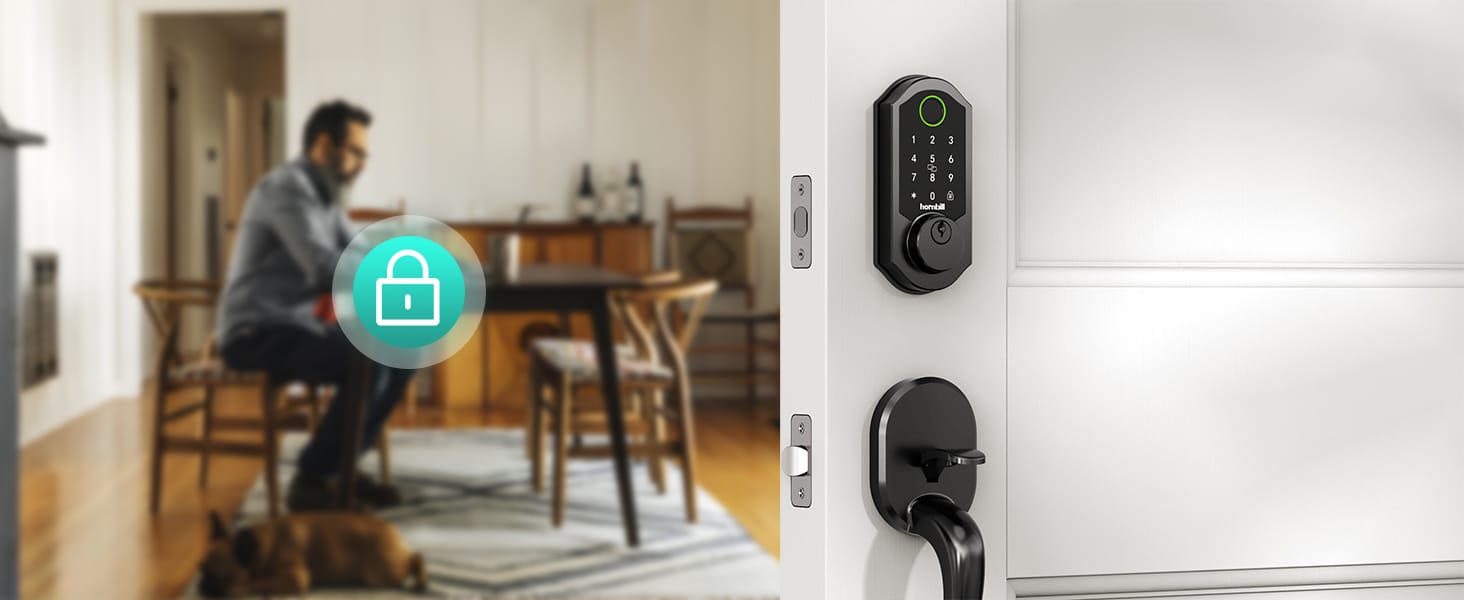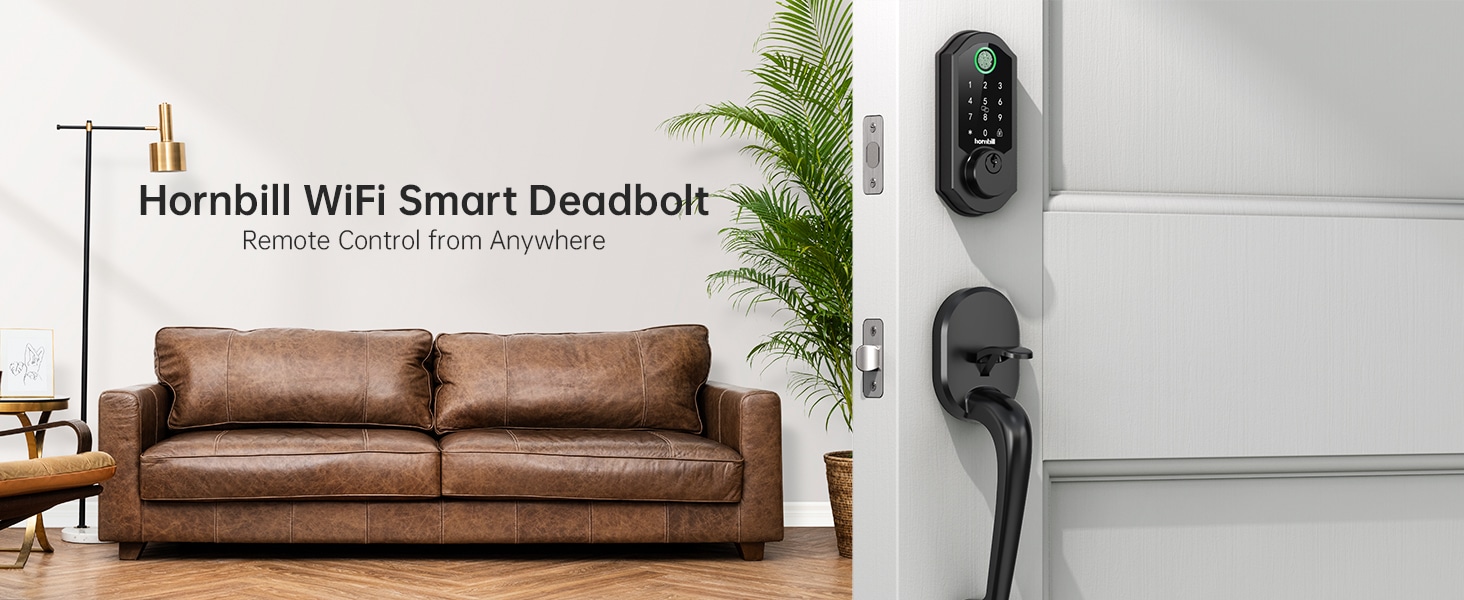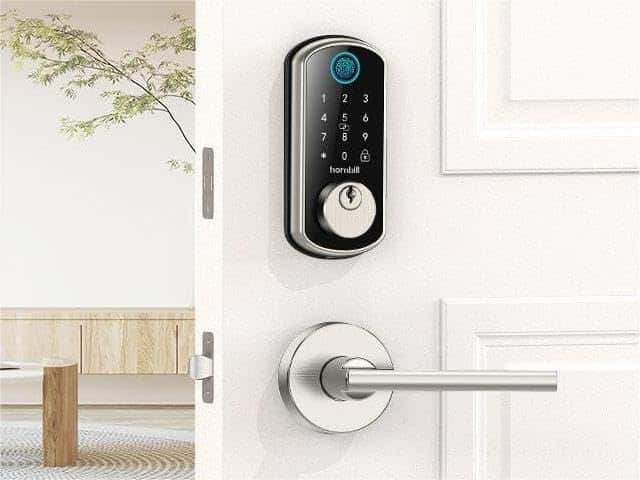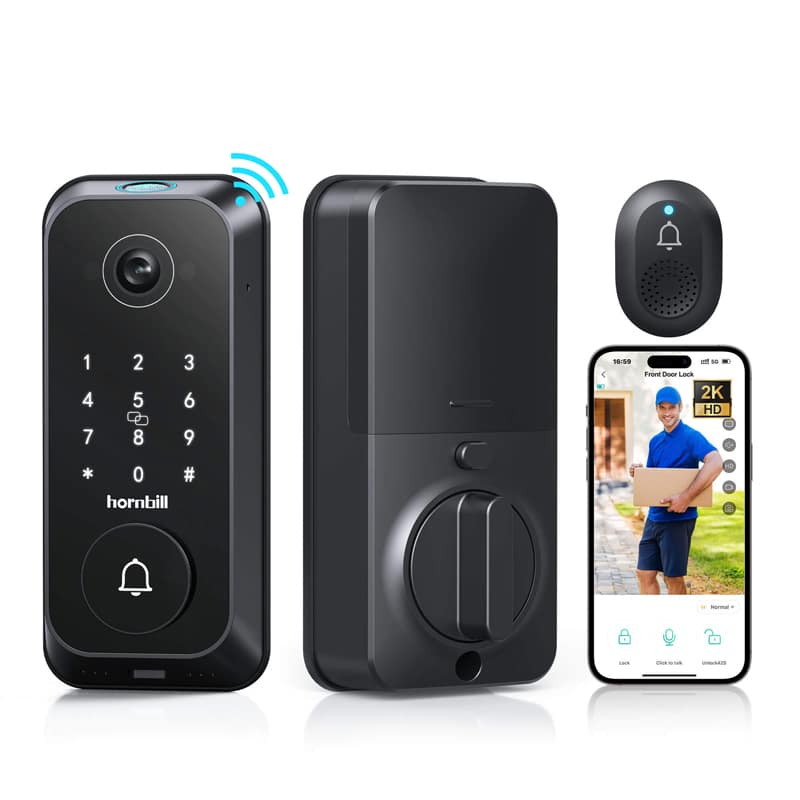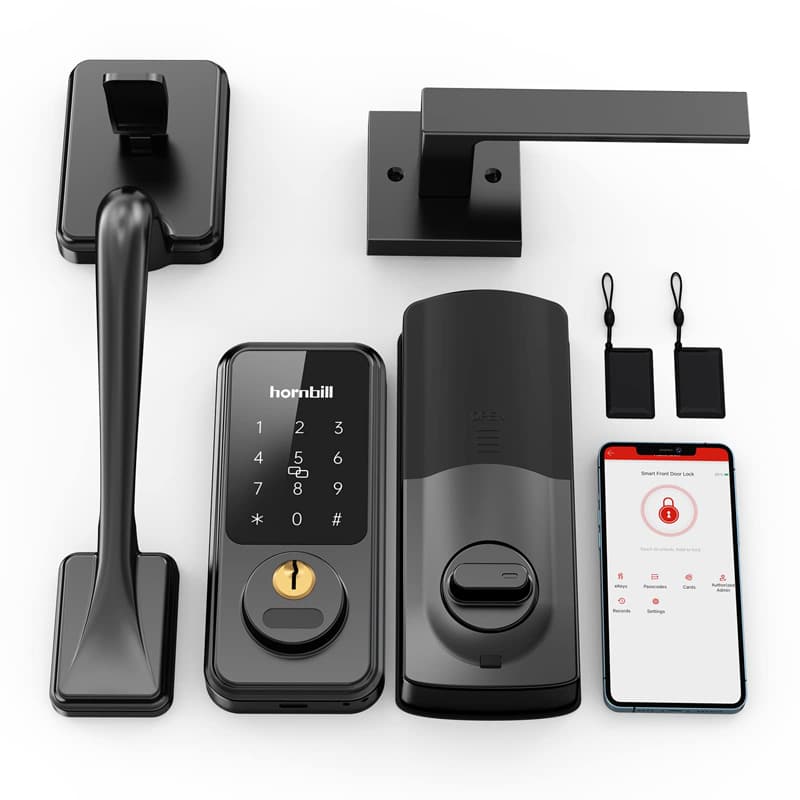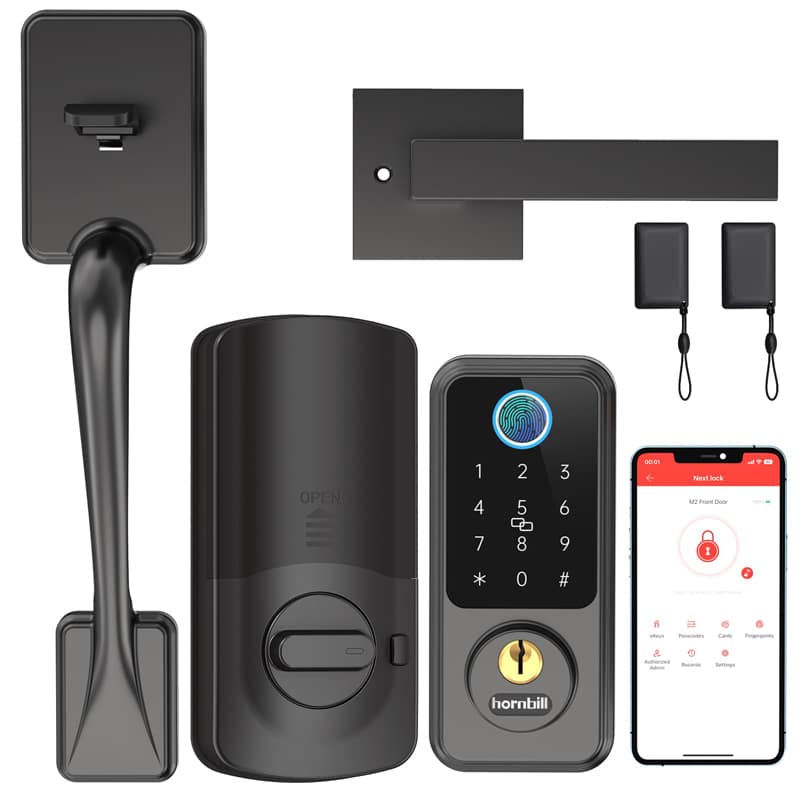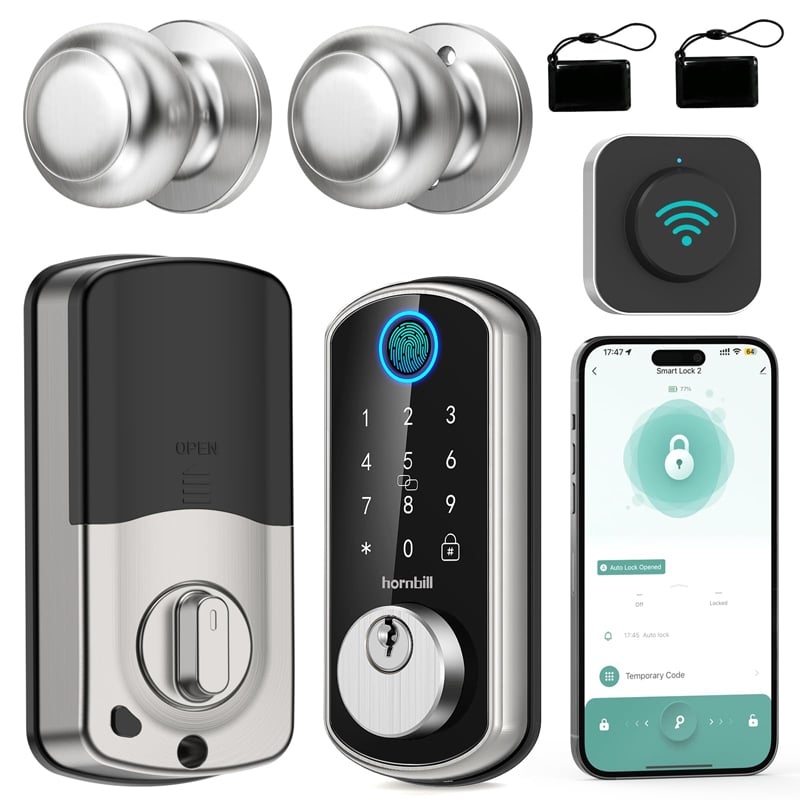In the ever-evolving landscape of the digital realm, the security industry is embracing technological advancements to enhance its offerings. One such notable progression is the introduction of fingerprint door locks, which serve as a cutting-edge alternative to traditional manual locking mechanisms. These innovative devices utilize biometric technology to provide secure access control, offering a heightened level of security and convenience. This advancement not only demonstrates the industry’s commitment to staying at the forefront of technological progress but also signifies a shift towards more sophisticated and user-friendly security solutions.
Fingerprint door locks represent a cutting-edge security solution that leverages biometric technology, specifically fingerprints, to either permit or deny access. In contrast to traditional locks that rely on patterns and numbers, the hallmark of these systems is the individuality and convenience afforded by each person’s unique fingerprint. This innovative approach provides a highly secure and convenient method of access control, offering enhanced protection for residential and commercial properties alike.
The main benefit of a fingerprint door is its high level of security. Fingerprints are unique to each individual, making it nearly impossible to forge or duplicate. This eliminates the risk of keys being lost, stolen, or copied. In addition, unlike traditional passwords or key codes, which can be easily forgotten or guessed, fingerprints ensure a flawless level of authentication.
In terms of convenience, biometric locks offer many advantages. With these locks, users can gain access with a simple touch, eliminating the need to remember complex codes or carry keys. They can be easily programmed to recognize multiple fingerprints, making them suitable for settings where multiple users require access, such as family homes or offices. This feature adds an extra layer of security and flexibility, allowing authorized individuals to enter without the hassle of traditional key-based entry systems.
Another feature of digital fingerprint door lock is their ability to chronicle access information, recording every instance when the door was opened or closed. The ability to monitor access history enhances the overall security outline, especially in commercial settings where access control and documentation are critical.
Despite its advantages, it is essential to remember that like any technology, electronic door lock with fingerprint have potential fallbacks, such as system failures or the inability to recognize the registered fingerprint due to external factors like dust or moisture. However, many high-end models come equipped with alternative methods of access, such as passcodes or physical keys, to override such instances.
To conclude, keyless fingerprint door lock symbolize an era where secure access is literally at one’s fingertips. They highlight a balance between heightened security and user conveniences—ushering in an era of keyless security systems. As they become more affordable and mainstream, it’s reasonable to expect that fingerprint door locks are paving the way for future security systems.

